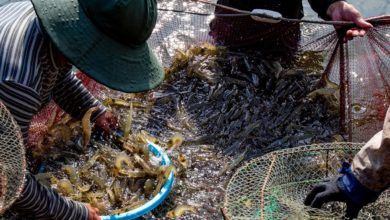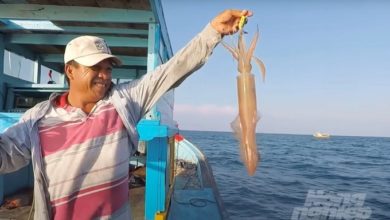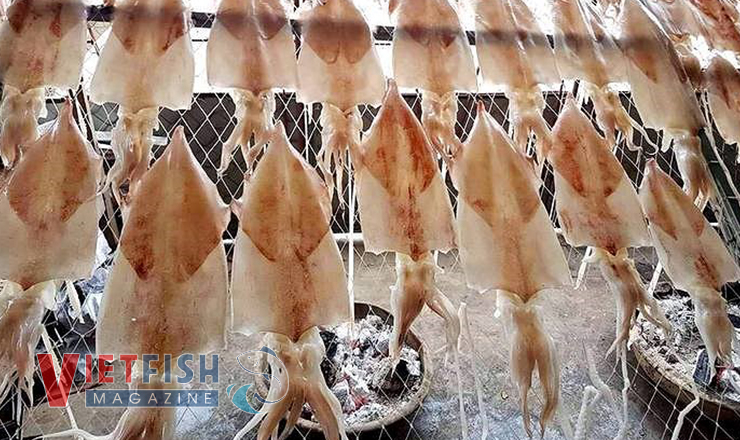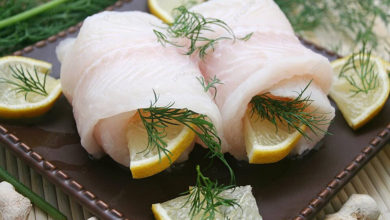Soc Trang – A seabass farmer builds thousand-ton export operation
From a modest 1.5-hectare trial, Vo Dien Trung Dung, 42, from Lieu Tu Commune in Soc Trang Province, has grown into one of the Mekong Delta’s top seabass producers, supplying thousands of tons to both domestic and international markets.
Pivoting from shrimp to seabass
In the early 2010s, facing mounting losses from shrimp farming and declining wild fish stocks, Dũng saw potential in brackish-water aquaculture, particularly seabass, a species well-adapted to the saline conditions of Soc Trang.
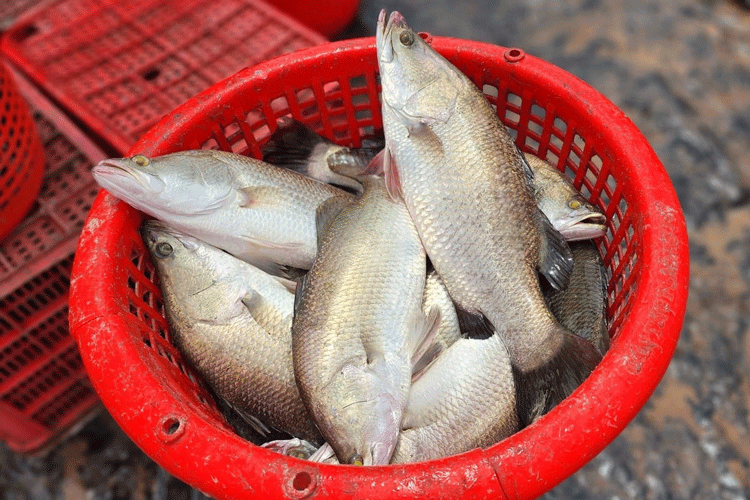
Initial harvests on 1.5 hectares brought in 50-70 tons per year, but fluctuating prices posed risks. Undeterred, Dung adopted a hands-on approach, gradually refining techniques and scaling up. By late 2019, he phased out shrimp farming entirely and committed to 40 hectares of seabass, investing around VND 1.5 billion (USD 60,000) per hectare. Each pond features a recirculating water treatment system to maintain stable conditions.
“Seabass need strict water quality, especially salinity between 5 and 15‰. Fingerlings must reach at least 10 cm before stocking, and grow-out takes 8 to 12 months,” he explains.
For Dung, farming is not just about yields, it’s about building a modern, structured aquaculture model. His strategy centers on four pillars: strong infrastructure, professional management, scientific application, and market-driven quality control.
“We raise fish today for future demand. You can’t succeed chasing short-term prices,” he says.
Soc Trang seabass finds global market
In Vietnam’s Mekong Delta, Dung runs the country’s largest seabass farm, supplying over 1,000 tonnes of fish annually to processors exporting to Thailand, Australia, the United States, Canada, and several Middle Eastern countries. Another 2,000 tonnes are sold domestically, primarily in Ho Chi Minh City, Can Tho, Long An, and Tien Giang.
Export prices currently average VND 90,000 (USD 3.53) per kilogram, while premium-quality fish over one kilogram can fetch up to VND 95,000-100,000 on the domestic market. But prices are volatile. “Today’s prices reflect decisions farmers made years ago,” Dung says. “When production is cut, supply tightens and prices rise. But if restocking happens too quickly, the market crashes.”
Rather than going it alone, Dung collaborates with 5 to 10 nearby households, offering them fingerlings, technical support, and a guaranteed buy-back scheme for quality fish. A team of 10 aquaculture engineers monitors farms to maintain product consistency and traceability, key requirements in markets such as China, Thailand, and Malaysia.
Despite early success, Dung remains cautious. “Aquaculture is a long game,” he says. “There are no shortcuts. Sustainable growth depends on close coordination between farmers, processors, and exporters.”
According to Phan Van Ha, Head of Agricultural Extension in Tran De District, seabass farming has strong growth potential but demands high capital, technical expertise, and flexible market strategies. “To thrive long term, farmers must integrate into value chains that offer stable market access,” Ha said.
VFM


